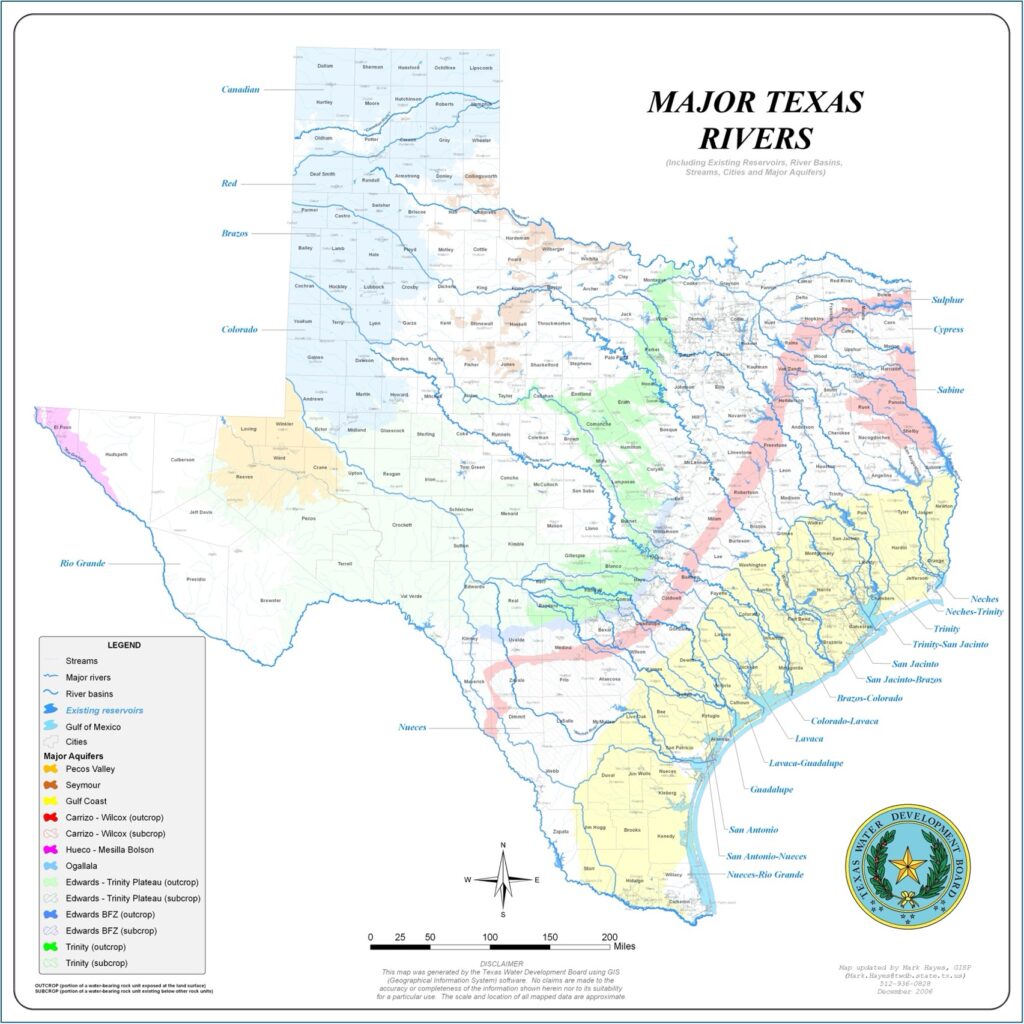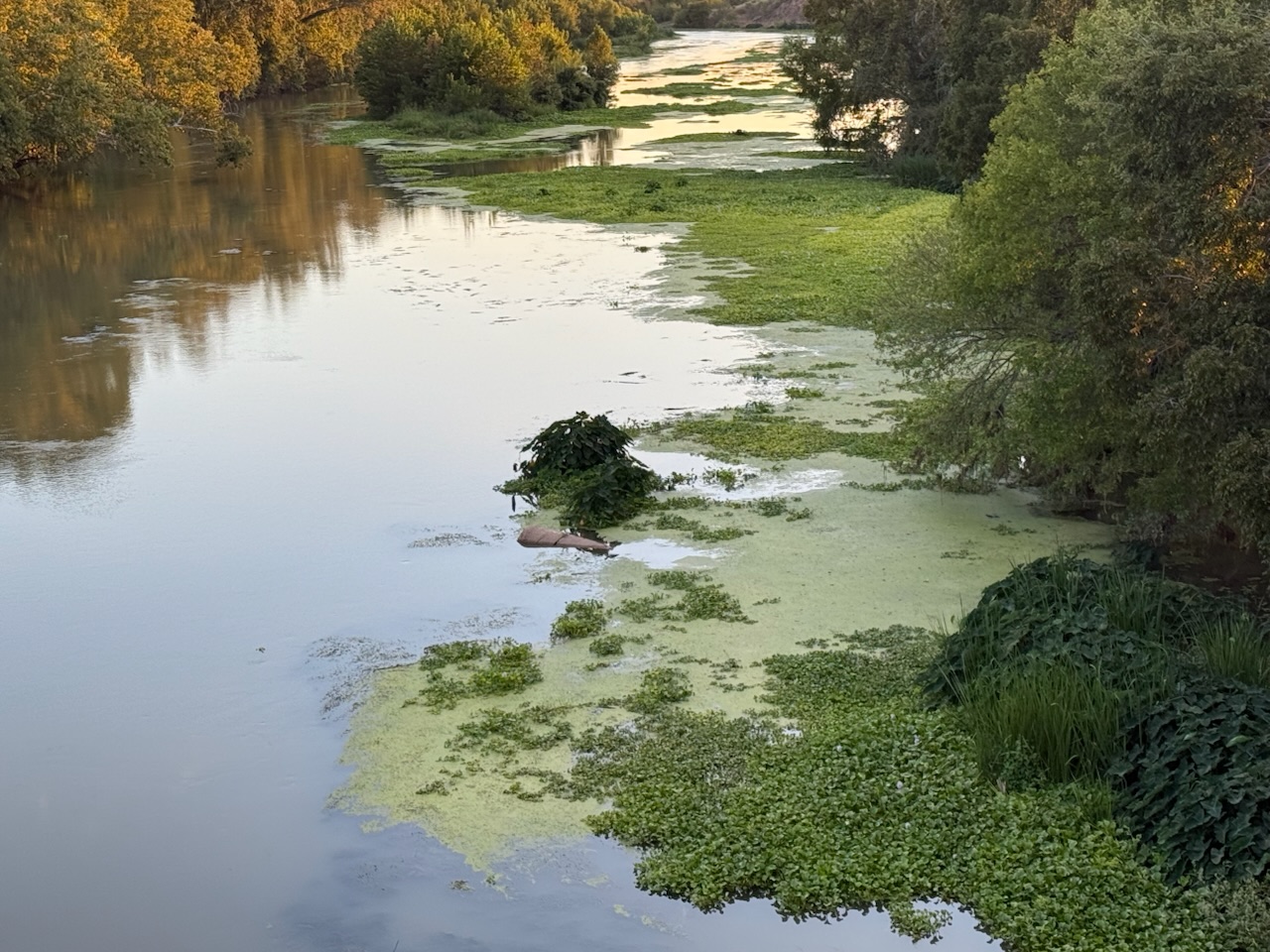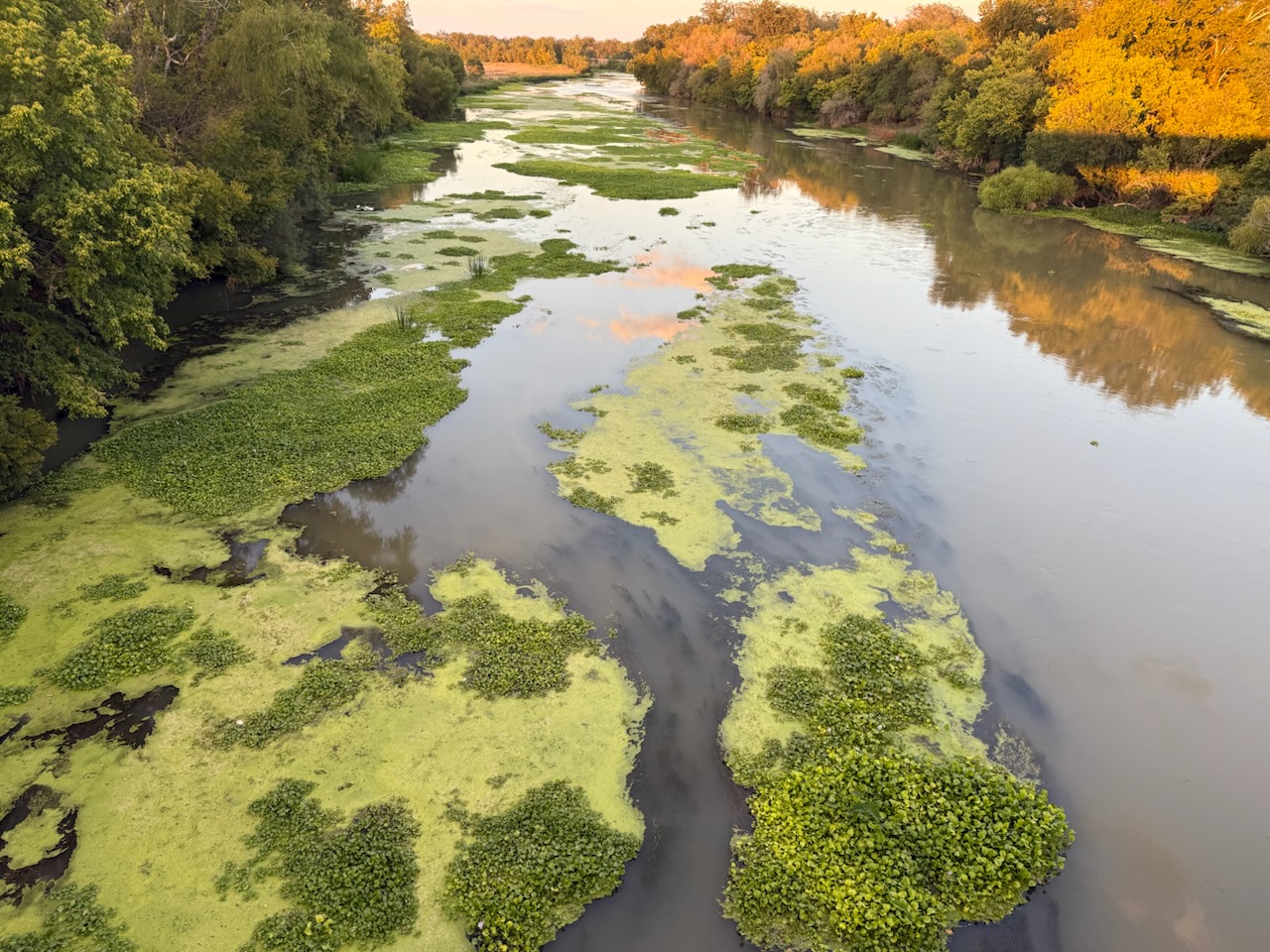
One Earth, One Home
Humankind has only one home, the Earth. We have a stewardship responsibility to restore and maintain the Earth and its resources to a level that will sustain life both now and far into the future. Our activities are having an impact on critical processes that balance the biotic and abiotic components of the ecosphere. Natural laws that govern environmental conditions on earth are being pushed to threshold points; triggering natural corrective events. Whether we will continue to enjoy the abundance of the earth, or endure the extremes, will depend on how well we manage our activities relative to the earth’s resources.
To manage the earth’s resources to the sustainable benefit of its inhabitants, we must work on a local-global basis to solve the problems that challenge mankind. There are many examples where vision, knowledge and resources have been brought together to reverse recent trends. We have the opportunity to accept this responsibility and join together to return our communities to a path of sustainable stewardship.
– Steve Box, Founder, 2007
This timeless call to action rings especially true in Texas, where fragmented water laws threaten the very foundations of our shared home.
Water Stewardship in Texas: The Legal Divide
Water stewardship in Texas is a complicated matter, further complicated by state laws that treat surface water and groundwater as entirely separate—despite their deep interconnections. Lakes, rivers, and streams fall under state-controlled “water rights,” while groundwater follows the “rule of capture” unless a local Groundwater Conservation District (GCD) intervenes. GCDs represent the state’s preferred tool for management, yet without them, Texas’s progressive laws risk falling short.
These divides create uncertainty for planners balancing human needs with environmental health.
A Fragile Intersection: Bastrop County at Risk
For instance, in Central Texas, the Colorado River and the Carrizo-Wilcox Aquifer (shown in red) intersect in Bastrop County, where groundwater naturally replenishes the river—making it a “gaining” stream. But current trends ignore this exchange, putting both at risk.
Unless water planning recognizes the vital interplay between groundwater and surface water, over-pumping looms large. In Central Texas, rapid growth amplifies demand, while inadequate monitoring of drawdown and well depths overlooks dewatering’s toll on land and rivers. Aquifers like the Carrizo-Wilcox recover agonizingly slowly—often over tens or hundreds of years—meaning damage could mount unnoticed, inflicting severe social, economic, and ecological harm.
Key threats include:
Over-pumping the aquifer, reversing the river’s flow and starving its ecology.
Wastewater disposal, loading nutrients into segments 1428 and 1434 between Austin and Smithville, impairing water quality and recreational use—failing the “Exceptional Aquatic-Life Use” standard and diminishing river recreation.
These processes collide meaningfully in Bastrop County, where the river and aquifer exchange waters.
A September 2025 glimpse from the Hwy 969 Bridge near Bastrop—looking downstream and upstream—reveals the river’s fragile beauty below Austin. But momentum toward over-pumping and upstream wastewater disposal threatens to tip the balance, turning a gaining river into a losing one.
Glimmers of Hope: Legislative Progress
Amid these pressures, two landmark laws offer pathways forward. House Bill 1763 mandates GCDs to collaboratively define “desired future conditions” for aquifers every five years. Senate Bill 3, meanwhile, launched the Colorado River and Matagorda Bay Environmental Flows Stakeholder Group in 2009, yielding standards for instream flows and bay inflows. Regional planning groups now strive to align supply with demand.
The Path Forward: Bridging Divides
Dozens of government and nonprofit entities hold stakes here, yet Texas law’s rigid separations fuel division, contention, and inaction at the state level. To avoid tragedy, we must integrate these threads—honoring Box’s vision of unified, sustainable care for our one Earth, one home.




